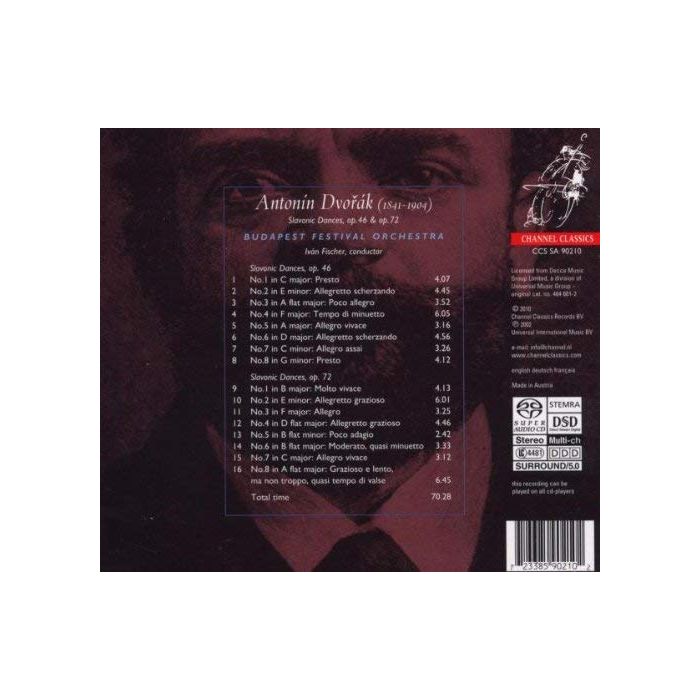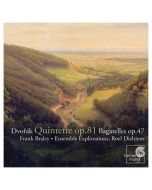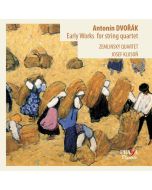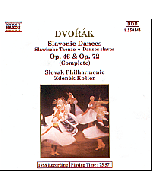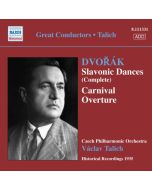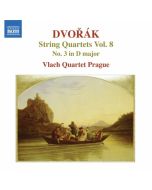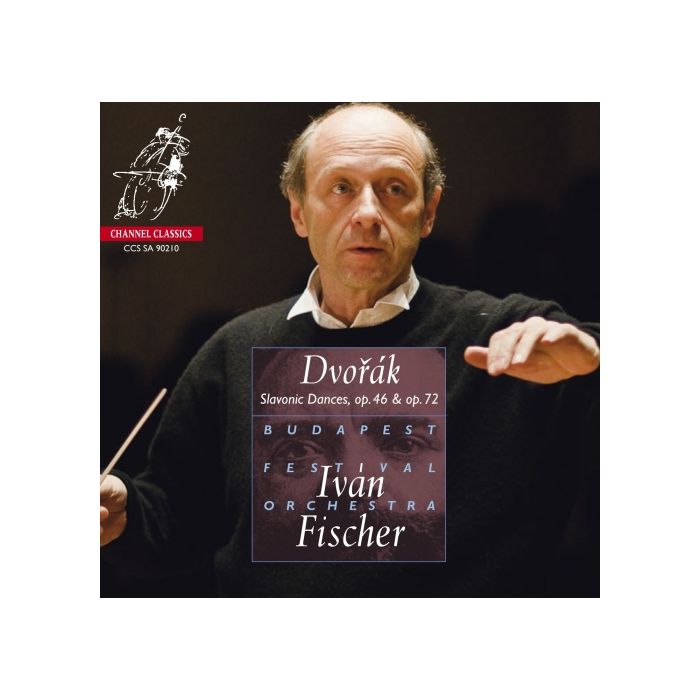
(Produkt nie został jeszcze oceniony)
kompozytor
Dvorak, Antonin
tytuł
Dvorak: Slavonic Dances op.46 & op.72
wykonawcy
Budapest Festival Orchestra, Fischer, Iván
nr katalogowy
CCS SA 90210
opis
Whereas the first set had featured predominantly Czech dances (with the exception of the second which evoked the Ukranian dumka not, strictly speaking, a dance), the second set is more broadly Slavonic, incorporating Slovak, Polish, Serbian and Russian elements in addition to Dvorák's favourite melancholy dumka strains. In these sixteen highly varied and colourful dances, Dvorák had fulfilled his original brief to perfection, creating stylised, even idealised dance fantasias which inter - mingle folk elements with his own inspired melodies so effectively, so disarmingly and so artistically that for the most part they have defied attempts by musicologists to uncover the folk sources. Dvorák justified his approach in 1894: From the rich stores of Slavonic folk music, in its Hungarian [i.e. Slovak], Russian, Bohemian and Polish varieties, the composers of the day have derived, and will continue to derive, much that is charming and novel in their music. Nor is there anything objectionable in this, for if the poet and painter base much of their best art on national legends, songs and traditions, why should not the musicians? - Iván Fischer
nośnik
CD, SACD x 1
wydawca
Channel Classics
data wydania
26.08.2010
EAN / kod kreskowy
723385902102
89,00 zł
Produkt na zamówienie
Wysyłka ustalana indywidualnie.
Darmowa wysyłka dla zamówień powyżej 300 zł!
Darmowy kurier dla zamówień powyżej 500 zł!
sprawdź koszty wysyłki